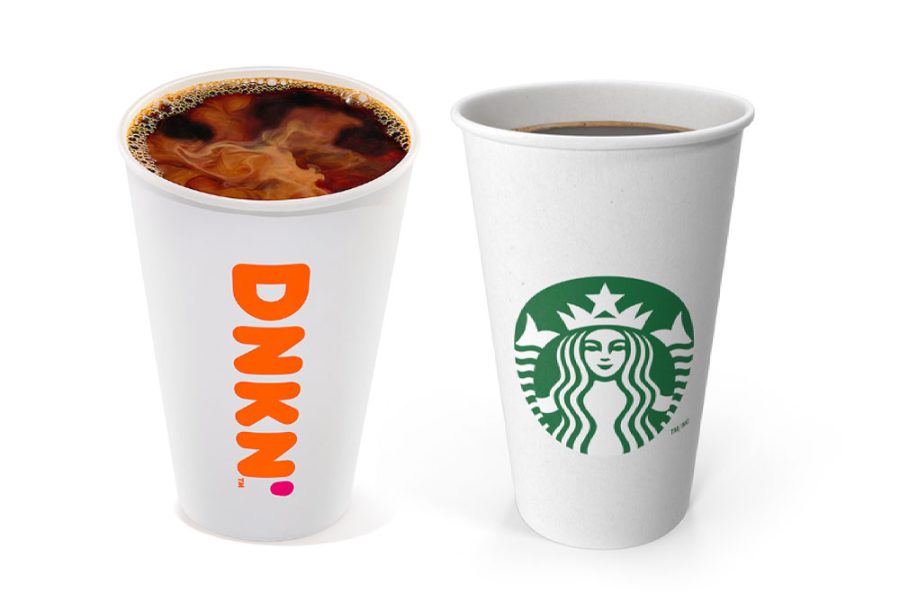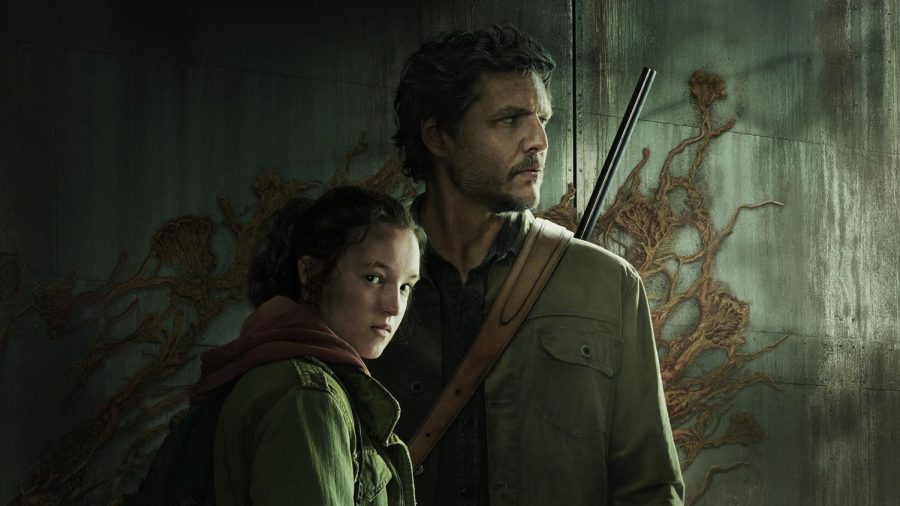On Monday April 22, my mom walked into my room and told me that there were bombs exploding at the Boston Marathon. A dull sense of fear invaded me, because my brother attends Northeastern University, which is in the greater Boston area. I remembered my brother commenting through text message a few days before that he and some friends planned to go and watch the Boston Marathon as contestants finished.
The television hailed me with images of gore and chaos: people being dragged through the streets, blood covering the pavement, and the same footage loop of the bombs exploding. The cell towers on the East Coast, bombarded with text messages and frightened phone calls from family all over the country desperately trying to reach loved ones in Boston, shut down. All I could do was sit and watch the news repeat the same video loop of the explosions.
The images displayed by the media horrified me – making me wonder if I would see my brother on the news among the many bloodied bodies running across my screen. After watching for a few minutes, BREAKING NEWS: another bomb goes off at Kennedy Library. The sense of panic I was experiencing grew. More images of bomb victims, some sporting freshly severed limbs, others simply covered in blood. Fortunately for my brother, he decided not to go to the marathon, and missed the massacre.
Considering the fact that the cell towers had shut down making it nearly impossible for family to contact loved ones in Boston, should the media really be flashing this disturbing footage? Wouldn’t that make the families even more nervous and worried than they already were? I know that it certainly made me anxious – after seeing the blood splattered all over the streets of Boston I was thinking the worst case scenario with my brother. Posting continuous photos and film of the victims of the bombing could be a harsh way for families to find out the fate of their loved ones. To a certain degree, one would think that the media would want to show some respect.
But, could instilling panic through these terrifying images be a good thing? Maybe the media shows these shocking images to show just how severe and dire the situation is. If the media covered the event without the visual aid, the public might just ignore it. But because these images are so graphic, people are more likely and inclined to pay attention, because it is a sort of a fascination with abomination.
Or maybe it’s just a question of ratings – if the media shows the most disgusting footage the American people will undoubtedly watch the event unfold. Because of this unquenchable thirst for higher ratings, various forms of media (mainly different television channels), must compete with each other in order to gain the highest number of viewers. One way news channels accomplish this, is by being the first to report something. However, the rush to get facts out to people often results in inaccuracies. An example: there was no bomb at the Kennedy Library; it was a simple fire, completely unrelated to any terrorist act, but in their rush to get it on the air the media related it to the bombings and frightened viewers even more than they already were. However, in the heat of the moment, news stations automatically assumed that the fire at Kennedy Library was linked to the bombings at the Boston Marathon.
Another pressure on television news broadcasting is that people are now able to get news from other sources other than television. Social media outlets such as Twitter and Facebook provide an easy outlet for people to write whatever they want and publish it on the internet. People in Boston tweeted immediately about the bombings, and of course many posts contained false information. In such a chaotic and random event affecting so many, people feel a need to document what they think is happening. Social conduits like Twitter and Facebook reach people all across the world. These outlets married with the fact that people usually do not think before publishing things on the internet can result in a different kind of disaster – a catastrophe of misinformation, as the domino effect ensues from these inaccurate posts.
All of these factors contribute to miscommunication and even further panic by many. Even though media and technology is seen as a major societal advancement, events such as the Boston bombings prove that technology when incorrectly utilized can be detrimental to society.









